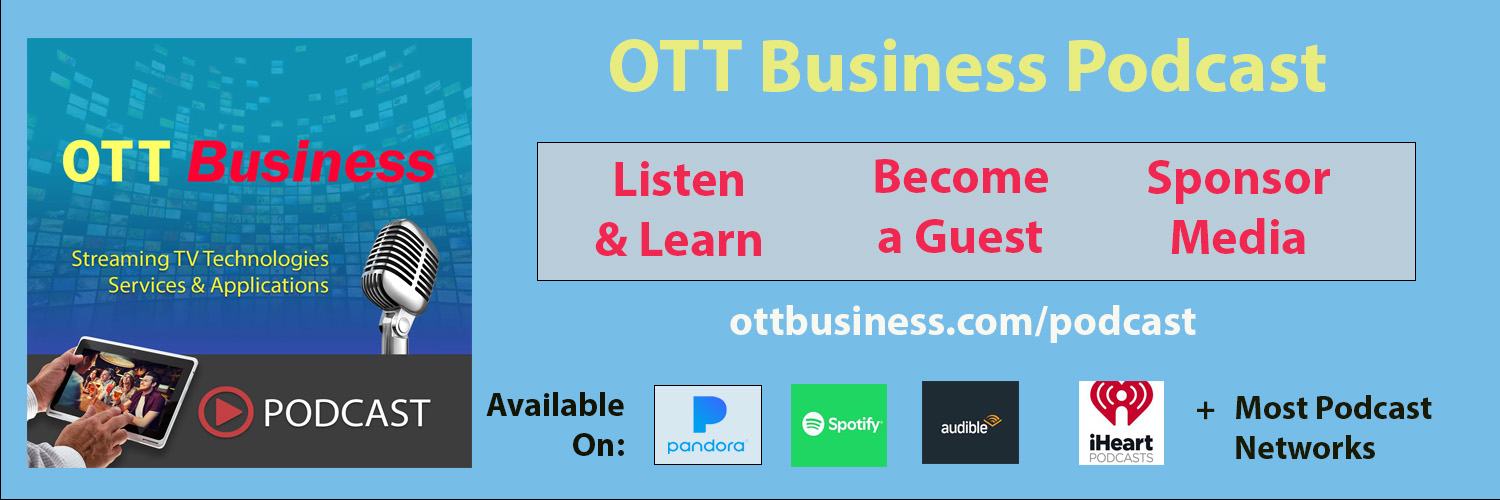Broadcast TV systems are under increasing pressure as they face the evolving demands of today’s multi-device, digital audiences. Traditional broadcast setups are limited by geographic boundaries and fixed infrastructures, making it hard to scale and adapt. A shift to IP video platforms can solve this problem, providing broadcasters with the ability to reach global audiences on a wide array of devices — from smartphones to smart TVs — without expensive infrastructure overhauls. During my interview with Steve Reynolds, CEO of Imagine Communications at the IBC show, he explained that outdated broadcast models not only struggle with scalability but also suffer from high operational costs and a lack of personalization capabilities. Imagine Communications tackles these challenges by delivering IP-based solutions that streamline operations, reduce costs, and enhance viewer engagement through real-time analytics and targeted content.
Key Benefits of Transitioning to IP Video Platforms
- Expanded Audience Reach: Traditional broadcast systems rely on cable and satellite infrastructure, limiting their geographic reach. IP video platforms eliminate these boundaries, enabling broadcasters to reach global audiences across various digital devices without the need for costly physical infrastructure.
- Reduced Operational Costs: Operating a broadcast TV system involves significant expenses, from maintaining satellites and transmission towers to managing specialized equipment. IP-based platforms simplify content delivery by using internet-based distribution, significantly reducing both infrastructure and maintenance costs.
- Enhanced Viewer Engagement: Traditional systems offer minimal content personalization or interactivity. IP platforms empower broadcasters to deliver personalized content based on viewer preferences and behavior, while also incorporating interactive features and real-time analytics to optimize engagement and monetization.
Steps for Broadcast TV Companies to Transition to IP Video Platforms
- IP-Based Playout Solutions: Imagine Communications provides fully software-based IP playout solutions, such as the Versio™ virtualized playout and Nexio® IP ingest. These tools enable broadcasters to deliver live, on-demand, and streaming content seamlessly across multiple channels while handling uncompressed video with greater efficiency.
- Open-Standard IP Workflows: Built on technologies like SMPTE ST 2110, Imagine’s open-standard IP workflows allow broadcasters to integrate multiple vendor systems for scalable, future-proof production and delivery pipelines. This enables greater flexibility and compatibility, making it easier for broadcasters to adapt to new technologies.
- Cloud and Hybrid Deployments: Imagine supports a transition to cloud and hybrid environments, helping broadcasters reduce infrastructure costs and rapidly deploy new services. Their flexible, standards-based IP infrastructure enables real-time scaling and operational efficiency, allowing broadcasters to pivot quickly and meet future demands.
By adopting an IP video platform, broadcasters can not only address current challenges but also position themselves for future growth. To learn more about how this transformation can enhance your business, explore Imagine Communications’ IP Infrastructure solutions.


